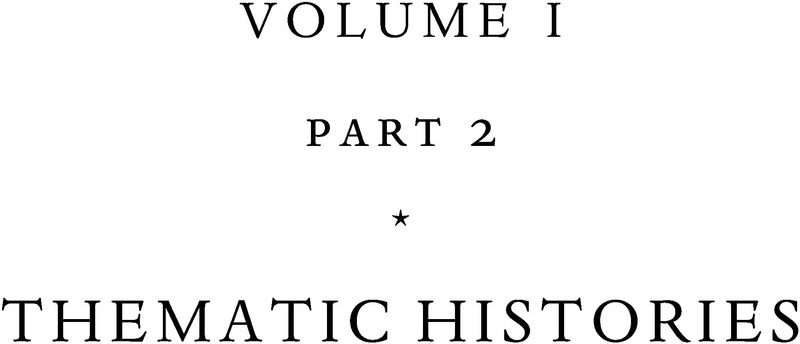Book contents
- The Cambridge History of the Mongol Empire
- The Cambridge History of the Mongol Empire
- Copyright page
- Dedication
- Contents
- Figures in Volume I
- Figures in Volume II
- Maps in Volume I
- Maps in Volume II
- Tables in Volume I
- Contributors to Volume I
- Contributors to Volume II
- Acknowledgments
- Notes on Dates and Transliterations
- Abbreviations
- Volume I
- Introduction
- Volume I Part 1 Political History
- Volume I Part 2 Thematic Histories
- Volume I Part 3 Views from the Edges
- Volume I Part 4 External Histories
- Epilogue
- Volume II
- Index to Volume I
- Index to Volume II
- References
Volume I Part 2 - Thematic Histories
from Volume I
Published online by Cambridge University Press: 01 January 2024
- The Cambridge History of the Mongol Empire
- The Cambridge History of the Mongol Empire
- Copyright page
- Dedication
- Contents
- Figures in Volume I
- Figures in Volume II
- Maps in Volume I
- Maps in Volume II
- Tables in Volume I
- Contributors to Volume I
- Contributors to Volume II
- Acknowledgments
- Notes on Dates and Transliterations
- Abbreviations
- Volume I
- Introduction
- Volume I Part 1 Political History
- Volume I Part 2 Thematic Histories
- Volume I Part 3 Views from the Edges
- Volume I Part 4 External Histories
- Epilogue
- Volume II
- Index to Volume I
- Index to Volume II
- References
Summary

- Type
- Chapter
- Information
- The Cambridge History of the Mongol Empire , pp. 397 - 654Publisher: Cambridge University PressPrint publication year: 2023

